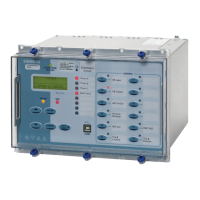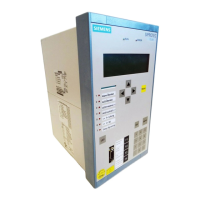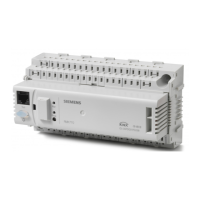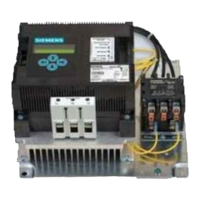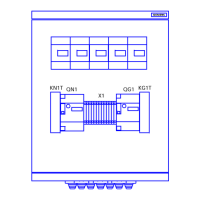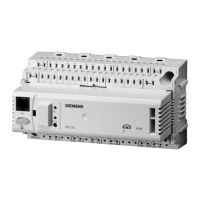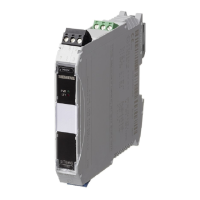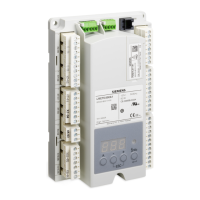7SG15 MicroTAPP Application Guide
4.5.1 Generator Types
4.5.1.1 Synchronous
Synchronous generator control systems can control the generator terminal voltage and the power factor of load.
The generator control can be set to run in power factor or voltage control mode. In either case the excitation is
adjusted to hold either of these parameters within limits. Larger generators used for network control will run in
power factor mode. This allows the MicroTAPP relay applied to GSU transformers to be set to TAPP method. In
voltage control mode the power factor will tend to vary more and circulating current may be more suitable.
4.5.1.2 Asynchronous (Induction Generators)
Induction generators draw reactive magnetising current from the power system and export unity power factor load
current. As the MicroTAPP relay is based on the negative reactance principle for tap change control, a significant
variation in load power factor may affect relay performance. If the power factor range is large the MicroTAPP relay
can be set to operate in ‘True Circulating Current’ mode. A disadvantage, as detailed in the ‘Description’ section
of this manual is that networks cannot be operated in parallel.
4.6 Application of MicroTAPP
Generally, MicroTAPP can be applied as indicated in Tables 3 and 4. A ‘small generator’ will have an output
which is significantly less than the load demand on the busbar, a ‘large generator’ will be capable of supplying
significant proportion of the load. In practice the running arrangements for a particular site will determine the
method of voltage control and the optimum settings that will be used, Tables 3 and 4 are included as a guide only.
Synchronous Generators
Type of
Generator
Small Generator in parallel with
Transformers
Large Generator in parallel with
Transformers
Power Factor
control
Transformer voltage controlled by
MicroTAPP.
LDC may be used
Transformer voltage controlled by
MicroTAPP.
If a large LDC setting is used the
effect will be reduced when the
generator is running. A different
setting group can be switched in
to maintain the LDC at the correct
level
Voltage
control
Providing the generator and MicroTAPP voltage levels are similar,
correct voltage will be maintained on the busbar. If a large LDC setting
is used a circulating current will flow at higher load levels
Table 3
Asynchronous Generators
Small Generator Large Generator
If operation of the generator does not cause
a significant change in power factor the
MicroTAPP can be used in TAPP mode.
LDC settings will not change significantly
If operation of the generator causes a
significant change in power factor the
MicroTAPP can be used in circulating
current mode. It will not be possible to run
networks in parallel.
A different setting group can be switched in
to maintain the LDC at the correct level
Table 4
©2011 Siemens Protection Devices Limited Chapter 5 Page 8 of 21

